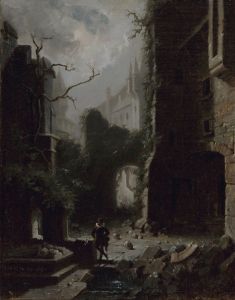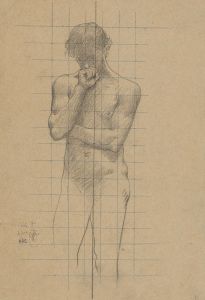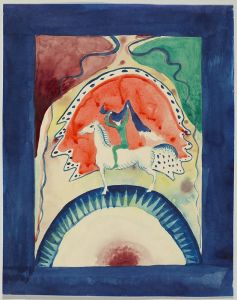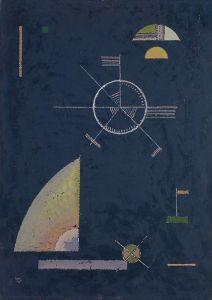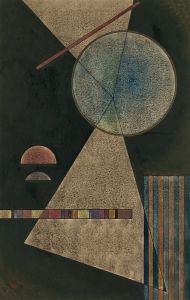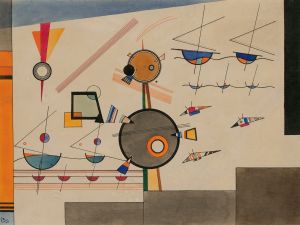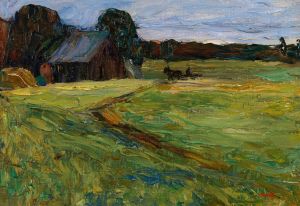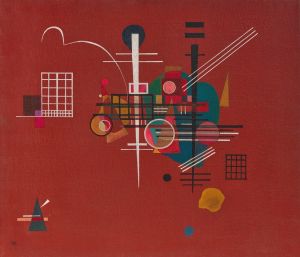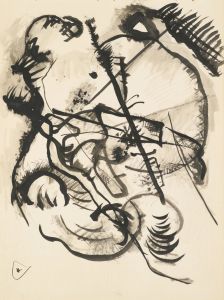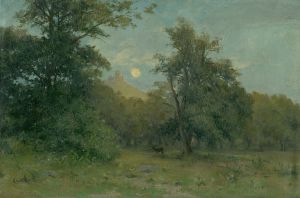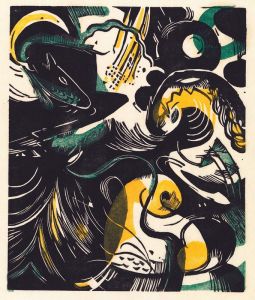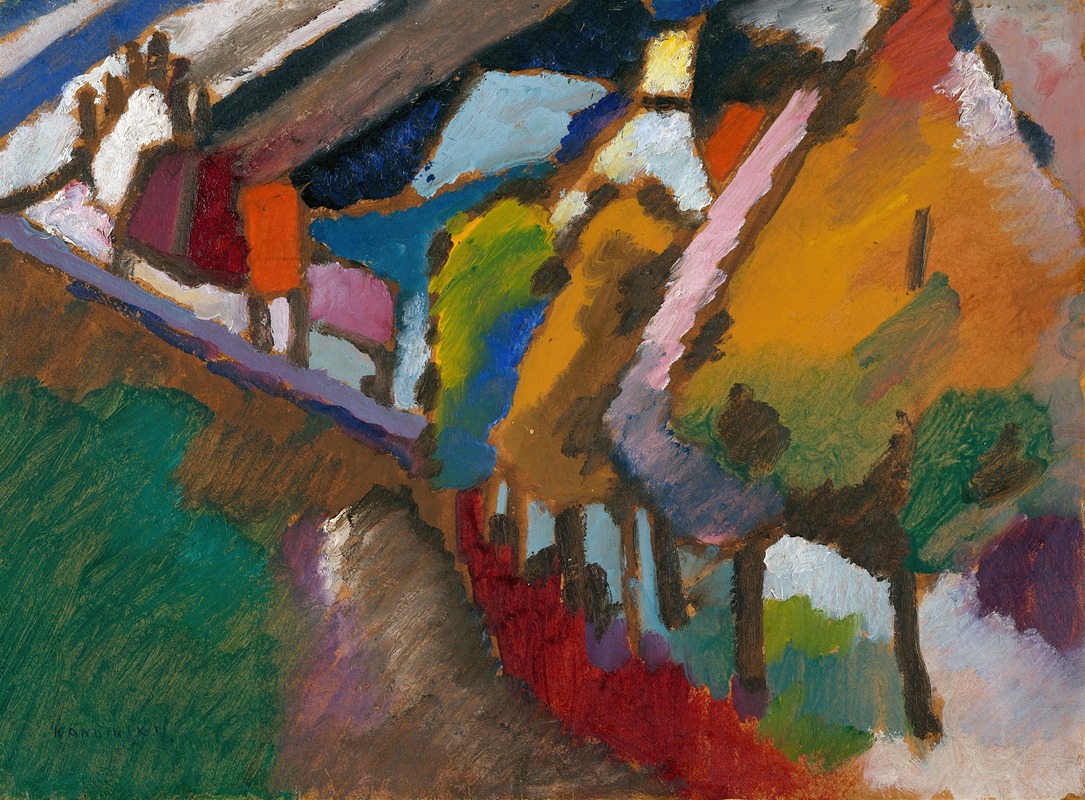
Murnau – Castle and Church
A hand-painted replica of Wassily Kandinsky’s masterpiece Murnau – Castle and Church, meticulously crafted by professional artists to capture the true essence of the original. Each piece is created with museum-quality canvas and rare mineral pigments, carefully painted by experienced artists with delicate brushstrokes and rich, layered colors to perfectly recreate the texture of the original artwork. Unlike machine-printed reproductions, this hand-painted version brings the painting to life, infused with the artist’s emotions and skill in every stroke. Whether for personal collection or home decoration, it instantly elevates the artistic atmosphere of any space.
Wassily Kandinsky's painting "Murnau – Castle and Church" is an exemplary work that reflects the artist's transition from representational art to abstraction. Created in 1909, this painting is part of a series of works Kandinsky produced during his time in Murnau, a small town in Bavaria, Germany. This period was crucial in Kandinsky's artistic development as he began to explore the use of color and form in new and innovative ways.
Kandinsky, a Russian painter and art theorist, is often credited as one of the pioneers of abstract art. His time in Murnau was particularly influential, as he was inspired by the picturesque landscapes and architecture of the region. The town's vibrant colors and unique structures provided a rich source of inspiration for Kandinsky, who was increasingly interested in the emotional and spiritual effects of color.
"Murnau – Castle and Church" depicts the town's landscape with its distinctive castle and church, rendered in bold, expressive colors and simplified forms. The painting showcases Kandinsky's move away from detailed representation towards a more abstract style. The use of vivid colors and dynamic brushstrokes in the painting exemplifies his belief in the spiritual power of art and the emotional resonance of color.
During this period, Kandinsky was also influenced by the Fauvist movement, which emphasized painterly qualities and strong color over representational or realistic values. This influence is evident in the vibrant palette and expressive style of "Murnau – Castle and Church." The painting's composition is characterized by a sense of movement and energy, with the forms of the castle and church almost dissolving into the surrounding landscape.
Kandinsky's work in Murnau laid the groundwork for his later, more abstract compositions. It was during this time that he began to develop his theories on the spiritual in art, which he later articulated in his seminal book "Concerning the Spiritual in Art," published in 1911. In this text, Kandinsky argued that art should transcend mere representation and instead evoke deeper emotional and spiritual responses.
"Murnau – Castle and Church" is a significant example of Kandinsky's early exploration of these ideas. The painting reflects his interest in the synthesis of color and form to create a sense of harmony and expressiveness. It also marks a pivotal moment in his artistic journey, as he moved towards the abstraction that would define much of his later work.
Today, Kandinsky's paintings from the Murnau period are celebrated for their innovative use of color and form, and "Murnau – Castle and Church" is considered an important work in the history of modern art. The painting is housed in various collections and continues to be studied for its contribution to the development of abstract art and its reflection of Kandinsky's evolving artistic vision.





